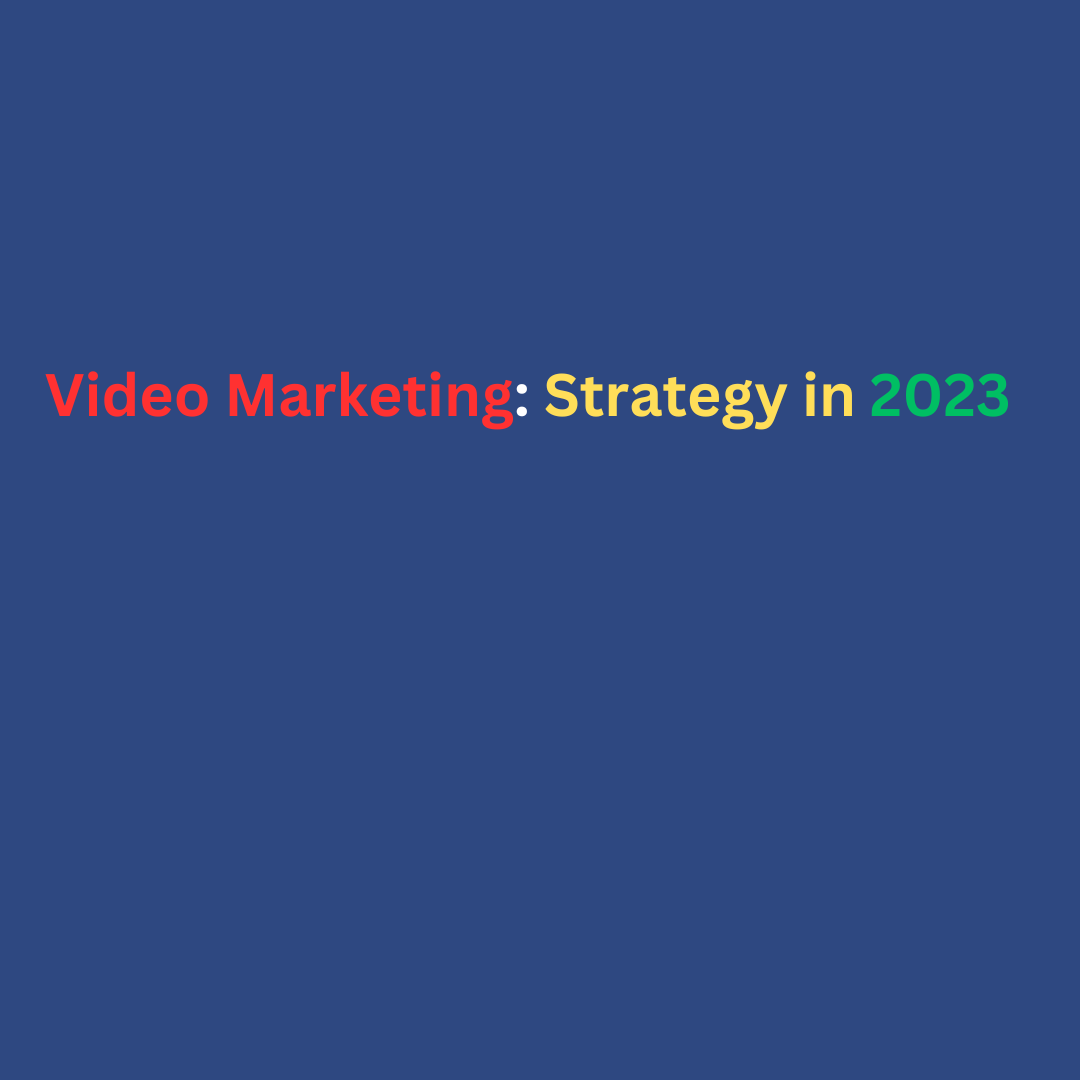
Video marketing has become increasingly popular and effective in engaging audiences and promoting businesses. When creating a social media dashboard for video marketing, here are some elements you might want to consider:
- Video performance metrics: Track important metrics for your videos such as views, watch time, engagement (likes, comments, shares), click-through rates, and conversion rates. These metrics help you assess the success of your videos and make data-driven decisions.
- Platform-specific analytics: Different social media platforms provide their own analytics tools. Incorporate data from platforms where you share videos, such as YouTube, Facebook, Instagram, or to gain insights into audience behavior, demographics, and engagement patterns on each platform.
- Content library: Maintain a centralized repository of your video content. Include details such as video titles, descriptions, tags, thumbnail images, and publishing dates. This allows you to have an organized view of your video assets and facilitates content planning and repurposing.
- Video scheduling and publishing: Incorporate a scheduling feature that allows you to plan and automate video posts across multiple platforms. This helps ensure consistency in your video marketing strategy and saves time by scheduling in advance.
- Competitor analysis: Monitor your competitors’ video marketing efforts by tracking their video metrics and engagement rates. Identify successful strategies and stay informed about industry trends.
- Audience insights: Understand your video viewers by analyzing audience demographics, interests, and behavior. This information helps you tailor your video content to better resonate with your target audience.
- Campaign tracking: If you run video marketing campaigns, include a section to track the performance of each campaign. Monitor metrics such as reach, engagement, conversions, and ROI to evaluate the effectiveness of your campaigns.
- Social listening: Integrate social listening tools to monitor mentions, comments, and sentiment around your videos. This allows you to engage with your audience, address concerns, and gather feedback to improve your video marketing strategy.
Remember that the specific features and tools you include in your social media dashboard should align with your video marketing goals and the platforms you utilize.


